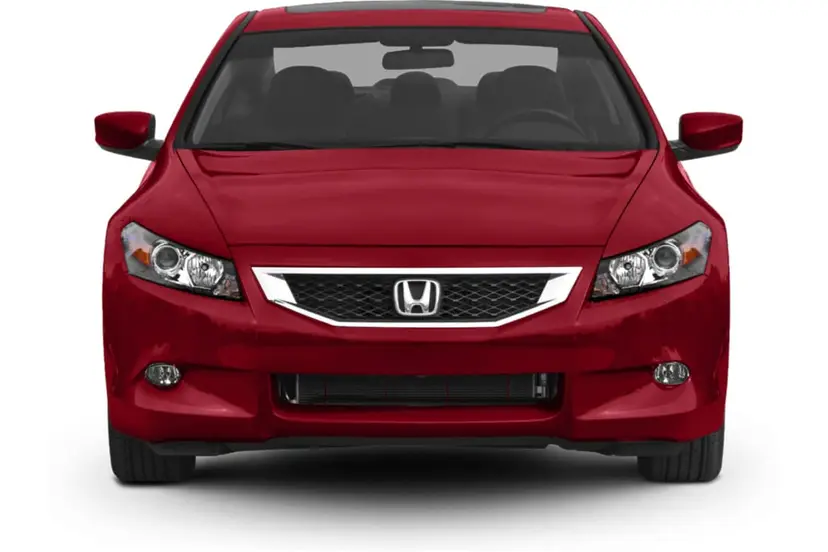
No matter which color you choose, all Honda Civic Hybrids are green. Last April, a jury of 46 international automotive journalists selected the Civic Hybrid as the winner of the 2006 World Car of the Year Award for greenest car.
Hybrids, with promises of more than 40 miles per gallon, are a hot topic with gasoline hovering around $3 per gallon. The Environmental Protection Agency rates the Civic at 49 mpg in the city and 51 on the highway, but I averaged 33 mpg in mostly city driving in summer heat with the air conditioner running. Constant use of air conditioning has a negative effect on mileage.
The Civic Hybrid starts at $22,745 without the navigation system and $24,245 with it.
Hybrids are eligible for a tax credit, but the amount varies depending on when the car was purchased and how many the manufacturer has sold. A tax expert is your best source for figuring out this complicated formula.
The fourth generation of Honda’s Integrated Motor Assist system consists of a 1.3-liter, four-cylinder engine with 110 horsepower and a 20-horsepower, ultra-thin electric motor that resides between the engine and the continuously variable transmission.
During acceleration, the electric motor and gasoline engine work together. During braking, the gasoline engine deactivates and the electric motor functions as a generator to replenish the battery pack. The battery pack is designed to last 10 years, and it has an eight-year, 80,000-mile warranty.
The gasoline engine shuts down when the car is stopped. In certain steady-state cruising situations, all four cylinders can be deactivated and power comes only from the electric motor.
Hybrids drive a little differently. The first thing you notice is that the engine shuts off when the car stops and resumes the instant you accelerate. Brake feel is not quite as linear as a regular car. The electric motor becomes a generator to recharge the batteries during braking, but it releases just before the car stops, and I had to apply a tad more brake pressure in the last few feet
The continuously variable transmission doesn’t shift like a normal automatic, and that, too, feels different. CVTs are nearly as efficient as a manual.
The new Civic is the largest ever. Its wheelbase is up by 3.2 inches to 106.3. Overall length, however, is only 1.4 inches greater. The increased size of the cabin gives plenty of room for four people.
The low-nose, high-trunk profile is punctuated with short front and rear overhangs and a large, steeply sloping windshield. The wheels fill the fenders nicely and the reverse curve of the back-door window adds a little sass. I’m sure the aerodynamic efficiency of the pronounced wedge shape helps the Hybrid achieve good fuel economy on the highway.
Compared to last year’s Civic, the body structure is 35 percent more rigid. The Hybrid’s tires transmitted more road imperfections than those of the regular model. MacPherson struts are used in front while the rear axle is a multi-link, double-wishbone design.
The Civic’s cabin is distinctively sporty. The instrument panel has a large section that wraps around the driver and into the center console. Instruments are arranged in a unique two-stage fashion with a digital speedometer up high, just below the driver’s line of sight, and a tachometer down lower. The only downside to this arrangement is that the steering wheel sometimes blocks the information window below the tachometer.
The standard front seats are nicely shaped and have good lateral support.
Side-curtain airbags are standard, as are dual-stage front airbags and seat headrests that move forward in rear-end collisions.
Price
The Hybrid’s base price is $22,745. The optional navigation system brings the sticker price to $24,245.
Warranty
Three years or 36,000 miles. The powertrain has a five-year, 60,000 mile warranty, and the battery pack is warranted for eight years or 80,000 miles.































